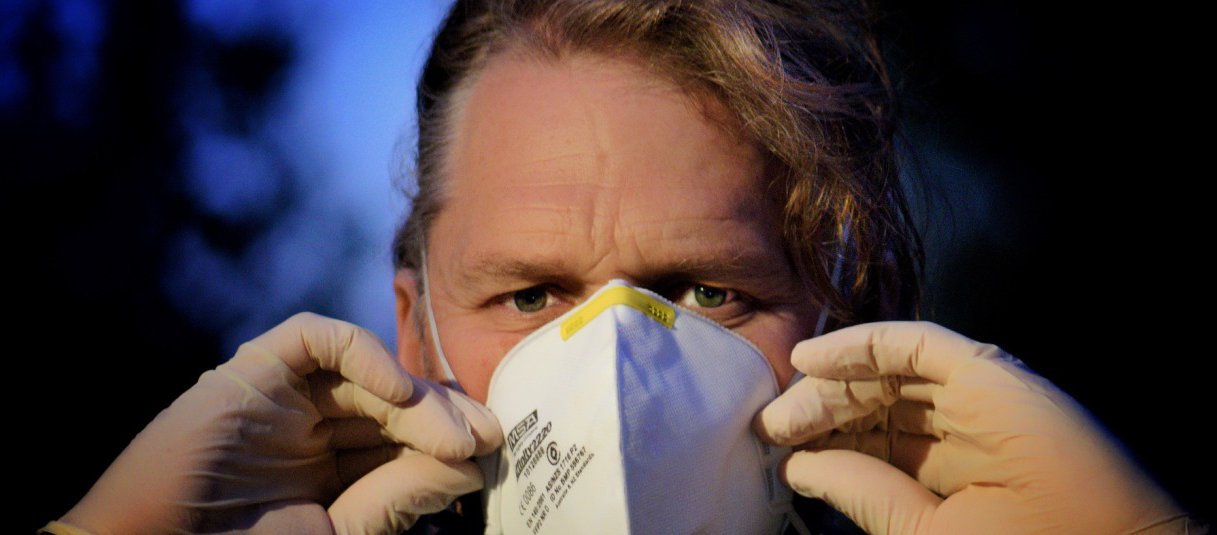Showing 385 results

Michael C. Duff | July 2, 2020
Workers' compensation was created as a means to an end and not an end in itself. It addressed the outrageous frequency of workplace injury and death caused by railroads in the late 19th/early 20th century. The unholy trinity of employers' affirmative tort defenses – assumption of the risk, contributory negligence, and the fellow servant rule – meant that workers or their survivors were not being compensated adequately or, in many cases, not at all. For this reason, expert American investigators were dispatched to Europe between 1909 and 1911 to study the existing workers' compensation systems there. Our current system was the result.

Alice Kaswan | July 1, 2020
When California adopted its first-in-the-nation regulations requiring truck electrification on June 25, the state took a step (or drove a mile) toward reducing pollution in the nation's most vulnerable communities. The new regulation exemplifies a key feature of California's approach: its integration of climate goals, clean air goals, and, at least in this case, environmental justice goals.

Darya Minovi | June 18, 2020
A blog post published last month by the Chesapeake Bay Program, a collaborative partnership focused on Bay restoration, addressed the many ways that the climate crisis will affect farms in the region. Data from the program shows temperatures on Maryland’s Lower Eastern Shore, home to a high concentration of industrial poultry farms, increased between 2 to 2.5 degrees Fahrenheit, on average, between 1901 and 2017. By 2080, temperatures in the Chesapeake Bay watershed are projected to increase by 4.5 to 10 degrees, posing a serious risk of heat stress to farmworkers and livestock.

Thomas McGarity | June 17, 2020
Governments and industries are "reopening" the economy while COVID-19 continues to rage across the United States. At the same time, the lack of effective, enforceable workplace health and safety standards puts workers and the general public at heightened risk of contracting the deadly virus. In a new report from the Center for Progressive Reform, Sidney Shapiro, Michael Duff, and I examine the threats, highlight industries at greatest risk, and offer recommendations to federal and state governments to better protect workers and the public.

Katlyn Schmitt | June 16, 2020
On June 9, the House Energy and Commerce Committee's Subcommittee on Environment and Climate Change held a remote hearing, “Pollution and Pandemics: COVID-19’s Disproportionate Impact on Environmental Justice Communities.” The Center for Progressive Reform, joined by Fair Farms, Sentinels of Eastern Shore Health (SESH), and the Sussex Health and Environmental Network submitted a fact sheet to subcommittee members outlining the impacts of COVID-19 on the Delmarva Peninsula, along with a number of recommendations for building a more sustainable model for the region. The area is home to a massive poultry industry, hit hard by the coronavirus pandemic. We addressed several of the most severe problems in our fact sheet.

Michael C. Duff | June 15, 2020
While I suspect that workers' compensation claims, even without the aid of workers' compensation causation presumptions, may fare better than some actuaries suspected (preliminary scuttlebutt of about a 40 percent success rate is higher than I expected), there is no reasonable doubt that large numbers of workers will ultimately go uncovered under workers' compensation during the COVID-19 pandemic.

Brian Gumm, Katie Tracy | June 11, 2020
In a June 11 order, the D.C. Circuit Court of Appeals denied an AFL-CIO writ of mandamus asking the court to compel the Occupational Safety and Health Administration (OSHA) to do more to protect workers from infectious diseases, such as COVID-19. The order continues the dangerous status quo of workers laboring with no enforceable protections from the highly contagious and deadly virus.

Darya Minovi | June 9, 2020
June 1 marked the start of hurricane season for the Atlantic Basin. While not welcome, tropical storms, strong winds, and storm surges are an inevitable fact of life for many residents of the Eastern Seaboard and the Gulf Coast. As a new paper from the Center for Progressive Reform explains, with those storms can come preventable toxic flooding with public health consequences that are difficult to predict or control.

James Goodwin | June 1, 2020
It is now beyond debate – or at least it should be – that we, the people of the United States, have been failed by the Trump administration and its conservative apologists in Congress in their response to the COVID-19 pandemic. They failed to put in place mechanisms for systematic testing and contact tracing. They failed to coordinate the efficient acquisition of essential medical equipment such as ventilators and personal protective equipment. They failed to provide for an orderly phase-down of non-essential economic activity. They failed to establish clear, enforceable safety standards protect consumers, workers, and their families engaged in essential economic activity. This stopped being a public health crisis a long time ago. The pandemic is now more fairly characterized as a crisis of government. Fortunately, our democracy has a crucial safety valve that stands ever ready to kick in when our representatives fail to protect us: the civil courts.